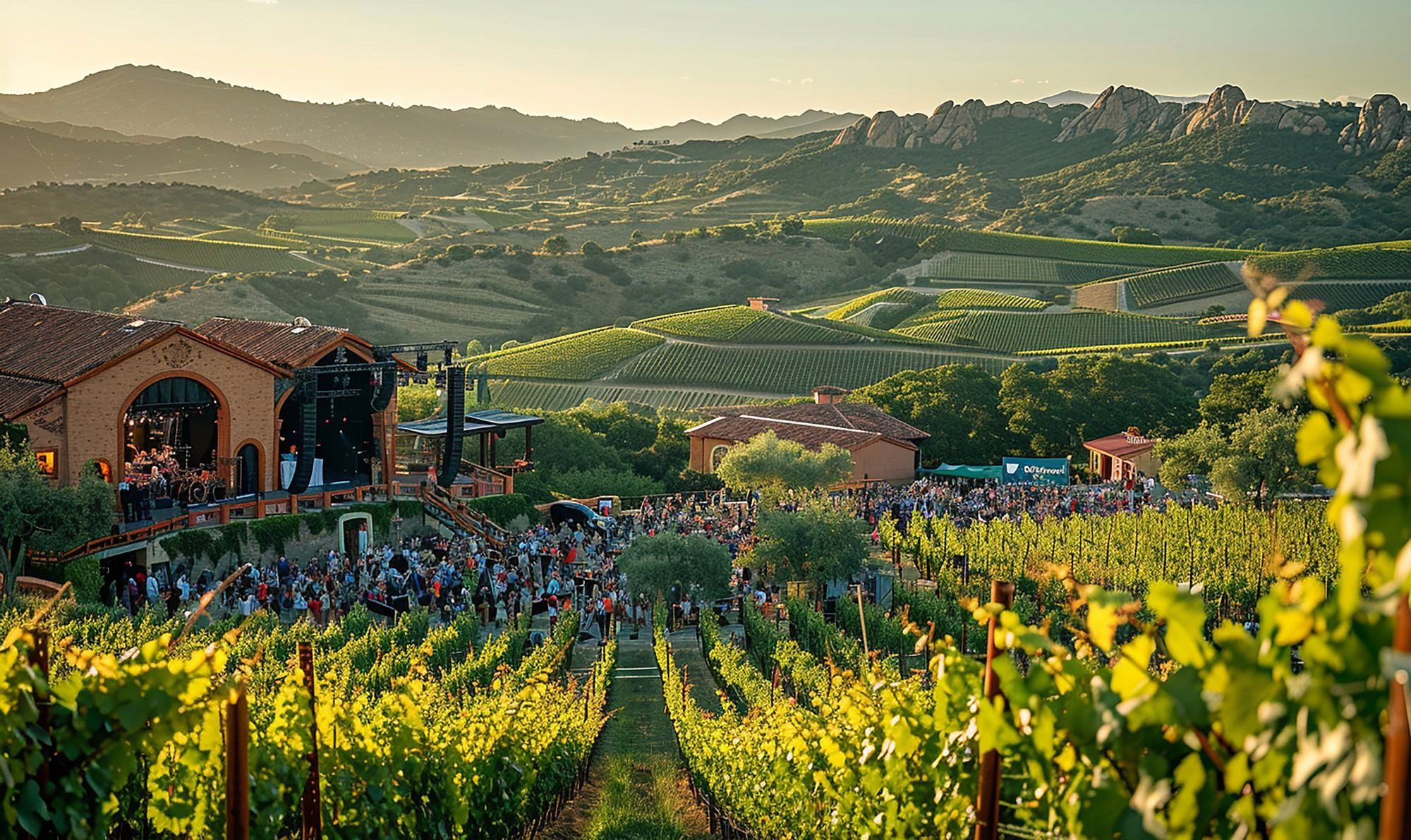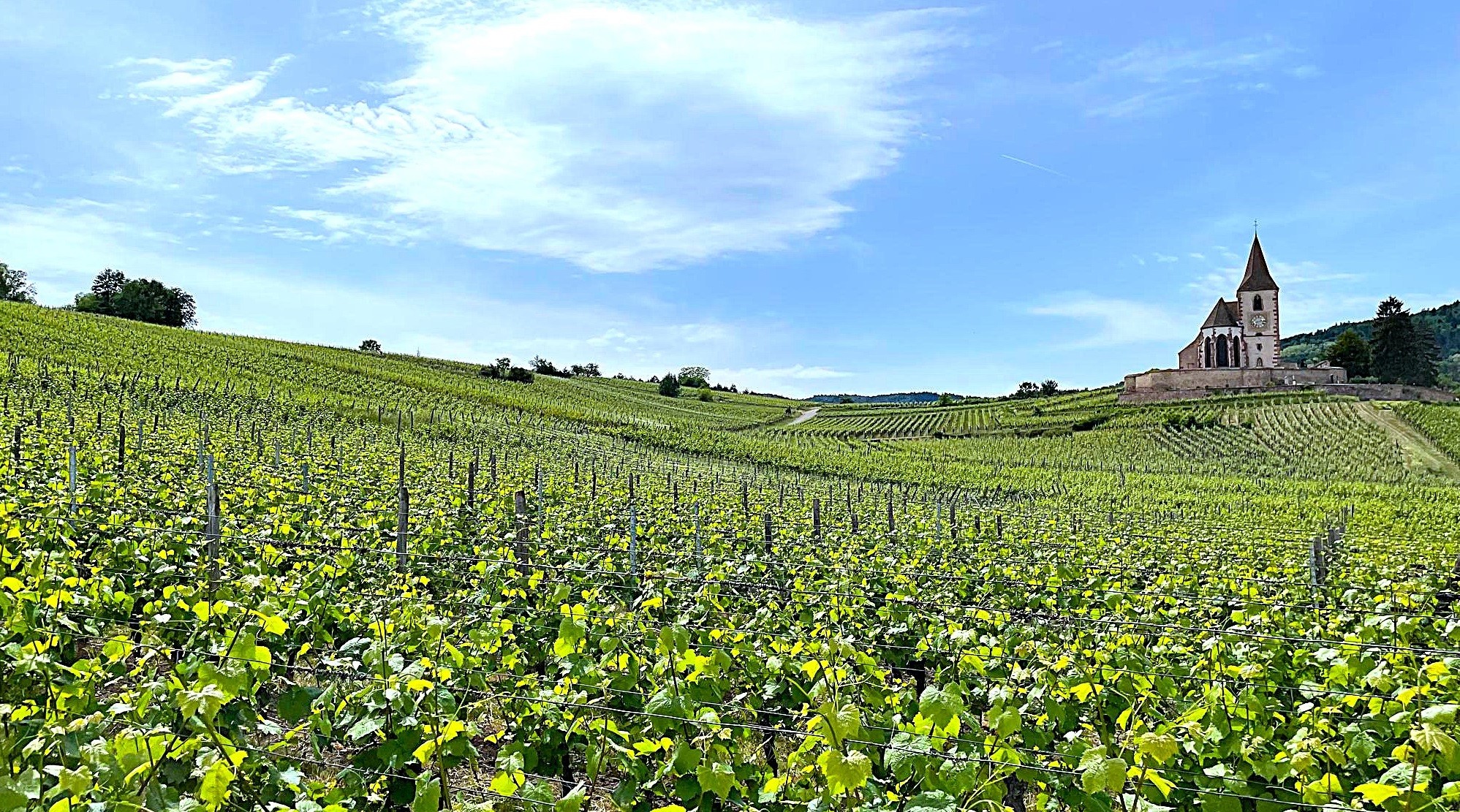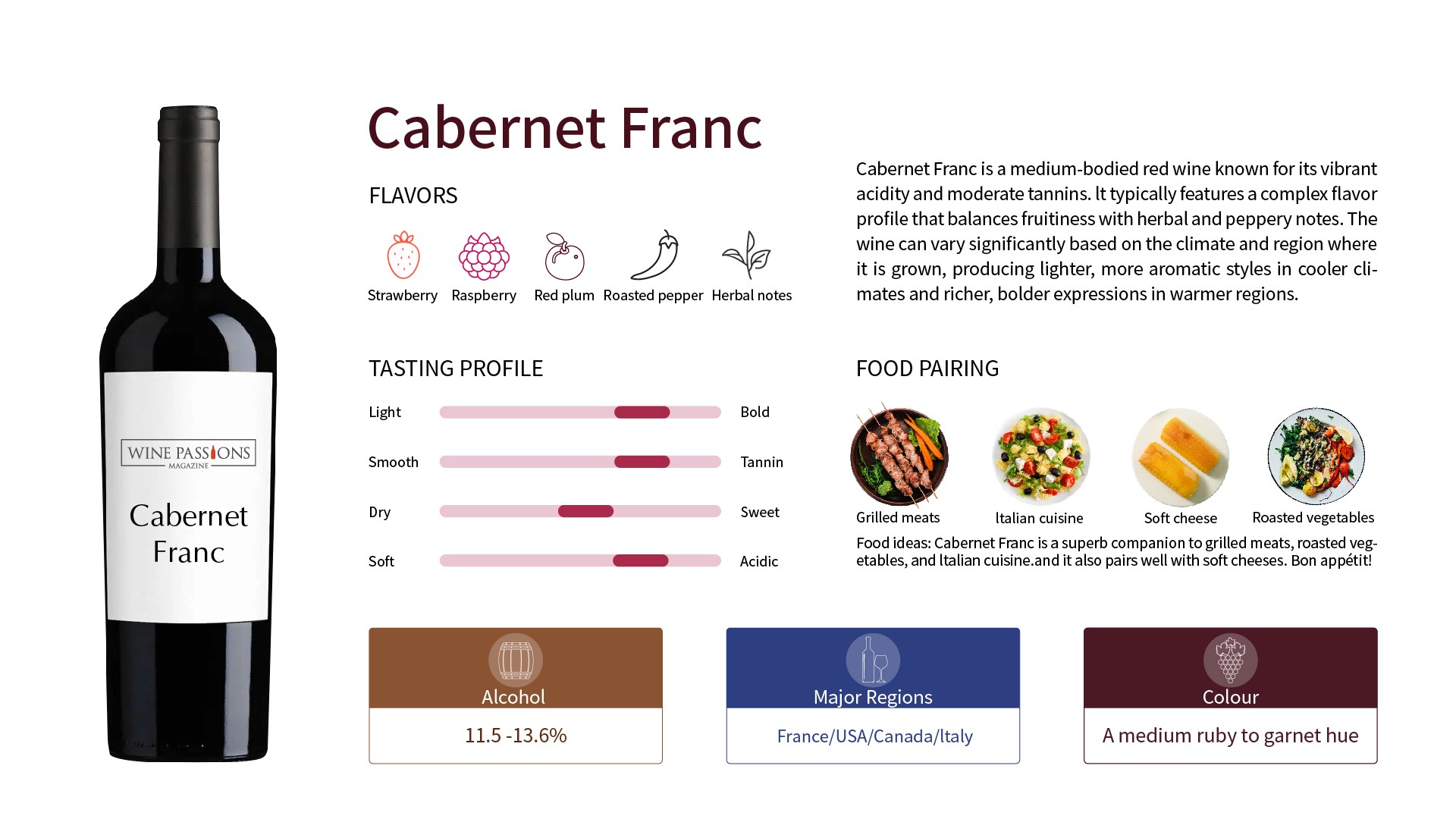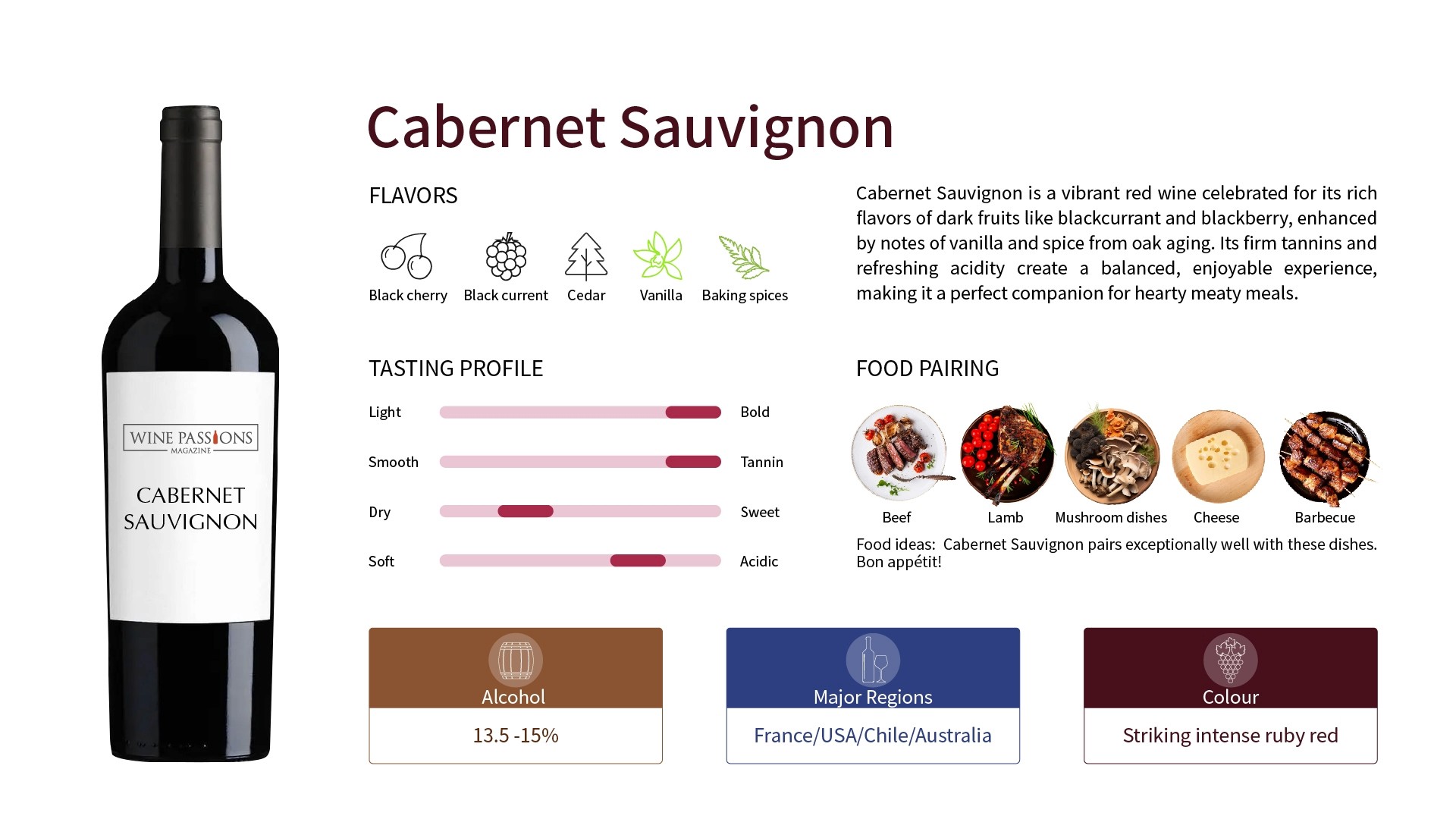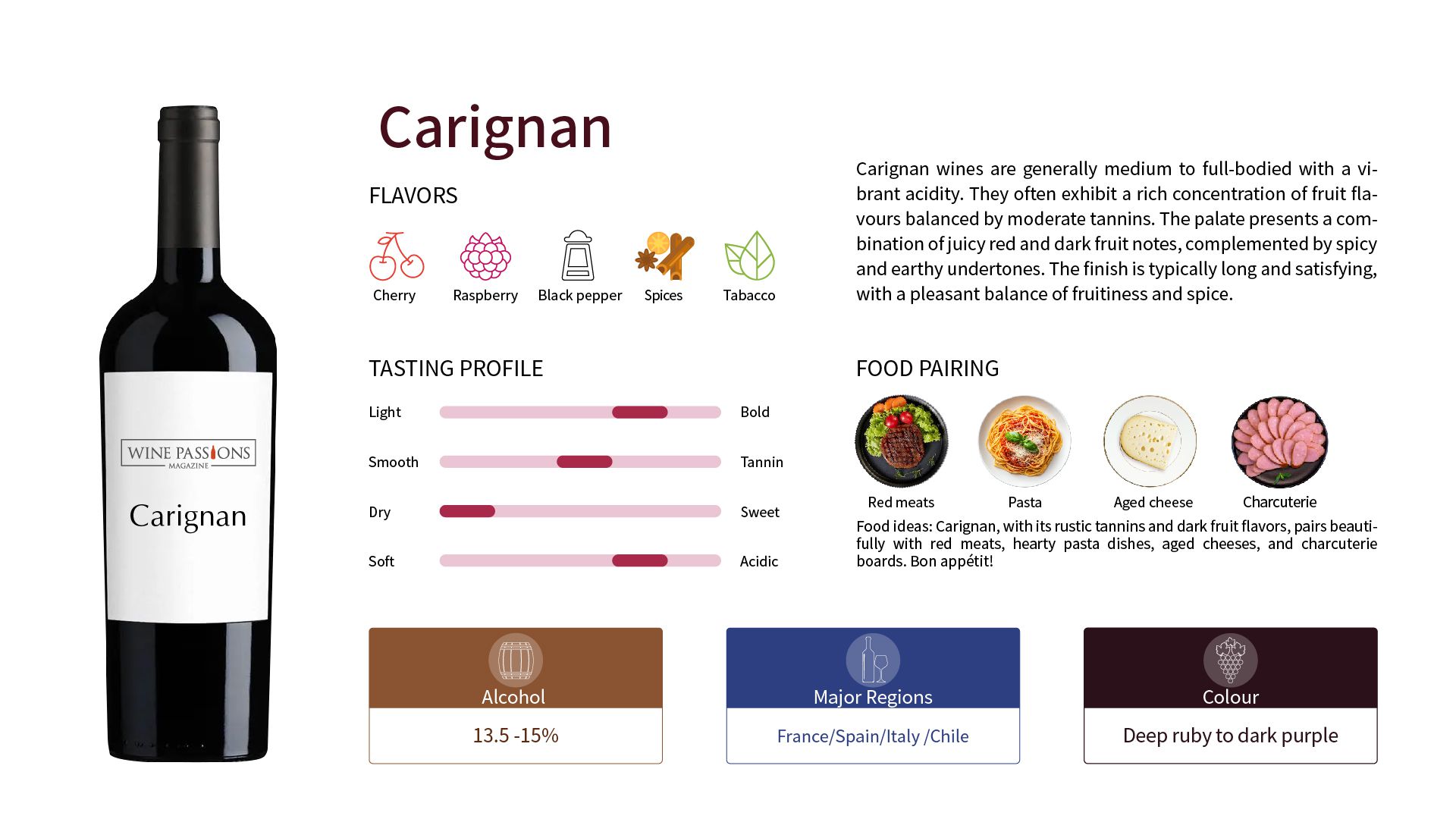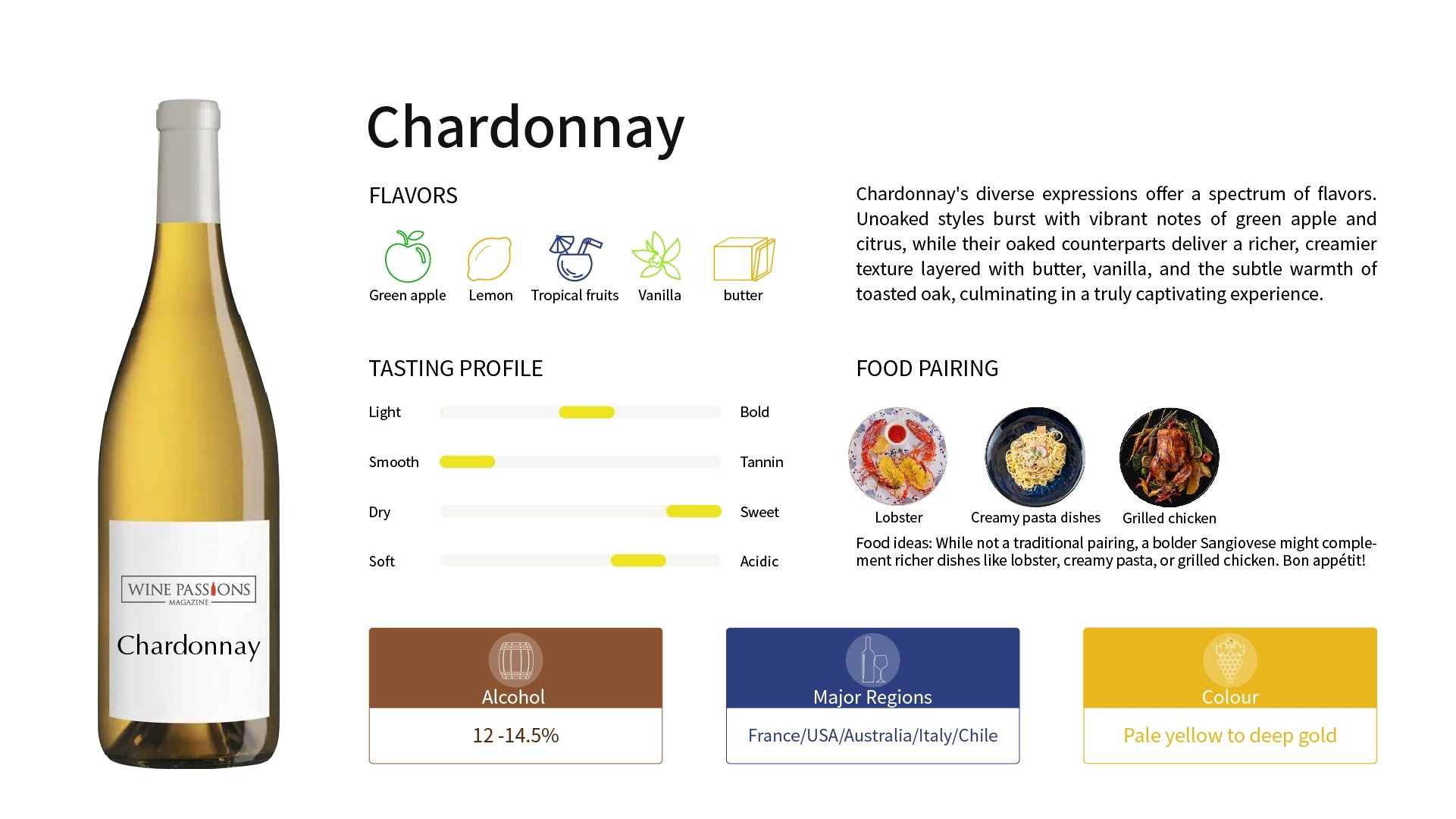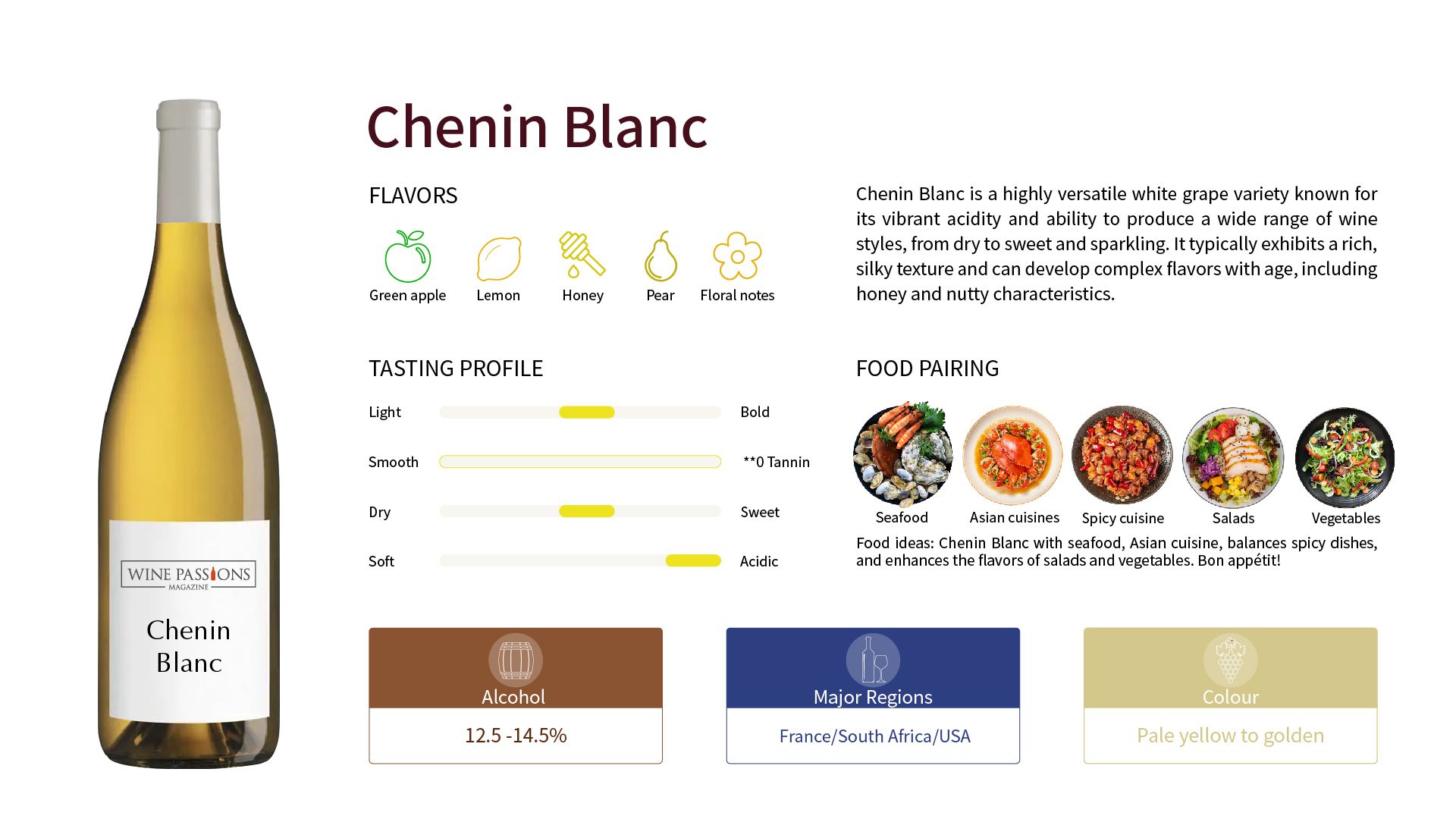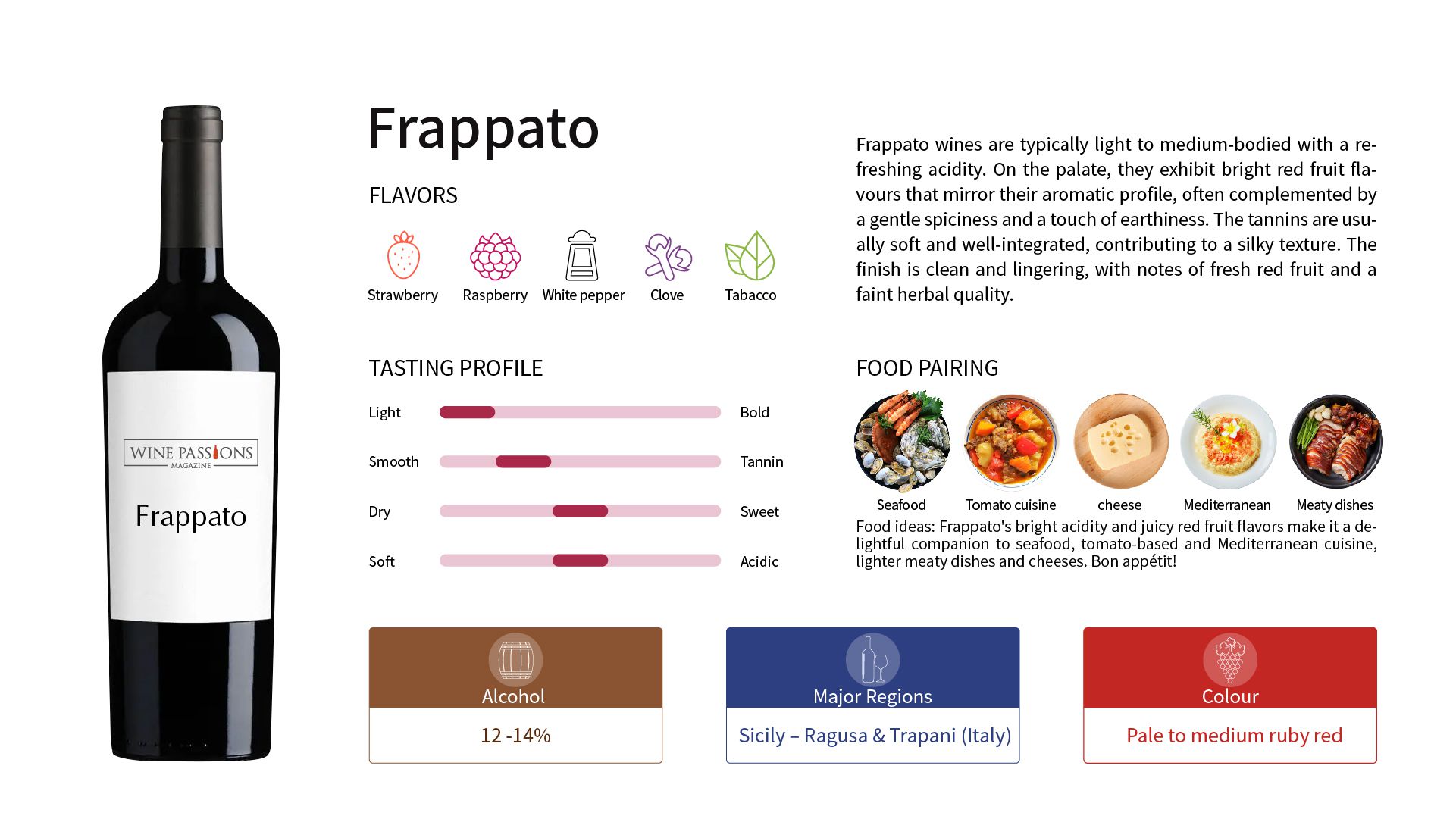Cabernet Franc
Background and Origin
The history of Nero d’Avola dates back to ancient times, and it is said that this variety originated from the town of Avola in Sicily, hence the name "Nero d'Avola," which means "black grapes from Avola." Although the exact origin cannot be definitively determined, research indicates that Nero d’Avola may be related to Gouais Blanc and other indigenous varieties.
In the 17th century, Nero d’Avola began to gain recognition, but for a long time, it was primarily used in blends to enhance the color and structure of other wines. It was not until the late 20th century, with advances in winemaking techniques and increasing consumer demands for quality, that Nero d’Avola was gradually recognized as a premium single variety red wine. Today, it is widely cultivated in Southern Italy, especially on Sicily, and has become one of the most representative red grape varieties of the region.
Reasons for Popularity
Strong Adaptability: Nero d’Avola thrives in a variety of soils and climate conditions. It is particularly suited to the hot, dry Mediterranean climate, which has led to its widespread cultivation in Sicily. This adaptability allows winemakers to explore its potential in different environments, resulting in diverse styles of wine.
Rich Flavors: Nero d’Avola is known for its intense fruit aromas, including deep fruit notes like black cherry, plum, and blackcurrant. Additionally, it often features complex flavors of chocolate, coffee, and spices, making each sip a delightful surprise. These rich flavor characteristics make Nero d’Avola a top choice for many consumers.
Good Aging Potential: With high tannins and moderate acidity, Nero d’Avola is particularly well-suited for aging. After a few years of maturation, the wine can develop deeper flavor layers, giving it high collectible value in the market. Many quality Nero d’Avola wines can even age for over a decade without losing their flavor.
High Cost-Performance Ratio: Compared to other internationally renowned varieties, such as Cabernet Sauvignon and Syrah, Nero d’Avola is often more affordable while still providing an excellent drinking experience. This makes it an ideal choice for many consumers seeking high quality without spending too much money.
Tasting Characteristics
Fruit Aromas: Known for its intense and full-bodied fruit aromas, including ripe black cherries, pears, and blackcurrants.
Spices: Often has subtle spicy notes, such as black pepper, clove, vanilla, and tobacco.
Texture: Typically has a medium to full body with a firm yet smooth tannin structure, delivering a rounded feel without being heavy. The acidity is moderate, providing a fresh and balanced mouthfeel, making it very suitable for pairing with various foods. Additionally, its long finish leaves a lasting impression.
Main Production Areas
Sicily, Italy: As the most important production area for Nero d’Avola, Sicily boasts a unique Mediterranean climate and diverse soils, resulting in high-quality Nero d’Avola wines. Major production areas include Siracusa, Ragusa, and Vittoria.
Australia: While Nero d'Avola primarily grows in Italy, it has also begun to gain recognition in Australia. Particularly in regions like King Valley and McLaren Vale, some quality Nero d'Avola wines are gradually entering the market.
United States: In the U.S., some areas in California have also begun cultivating Nero d'Avola, especially in smaller wineries near the Sierra Nevada, where some winemakers are exploring the unique styles that this variety can produce.
Famous Nero d'Avola Wine
Planeta Santa Cecilia: A flagship red wine from Planeta winery, made from 100% Nero d'Avola. This wine displays deep and complex fruit aromas, including black cherries, plums, and subtle oak hints, making it an ideal choice for those who appreciate high-quality red wines.
Tasca D'Almerita Lamuri Nero D'Avola: This wine comes from Tasca D'Almerita winery, known for its elegance and structure. It showcases a perfect balance between ripe fruit and spices, making it an excellent choice for exploring the charm of Sicilian red grapes.
Donnafugata Mille e Una Notte: This is a blended red wine that includes a significant proportion of Nero d'Avola, which after aging in oak barrels reveals rich and complex flavors, including blackberries, chocolate, and vanilla, making it a gem in the premium market.
Tasting Method
Tasting Temperature: Recommended at 15-20°C
Tasting Glass: Oversized wine glass
Decanting Time: Decant for 60 minutes or more
Aging Potential: 5-15 years
Food Pairing
Red Meat Dishes: Such as roasted lamb or beef, which can enhance the flavors of the dish.
Pasta: Whether with a rich tomato sauce or a fresh meat sauce, both are very suitable.
Cheese: Especially aged cheeses like Pecorino or Cheddar Cheese, where the rich cheese complements this wine.
Spicy Dishes


